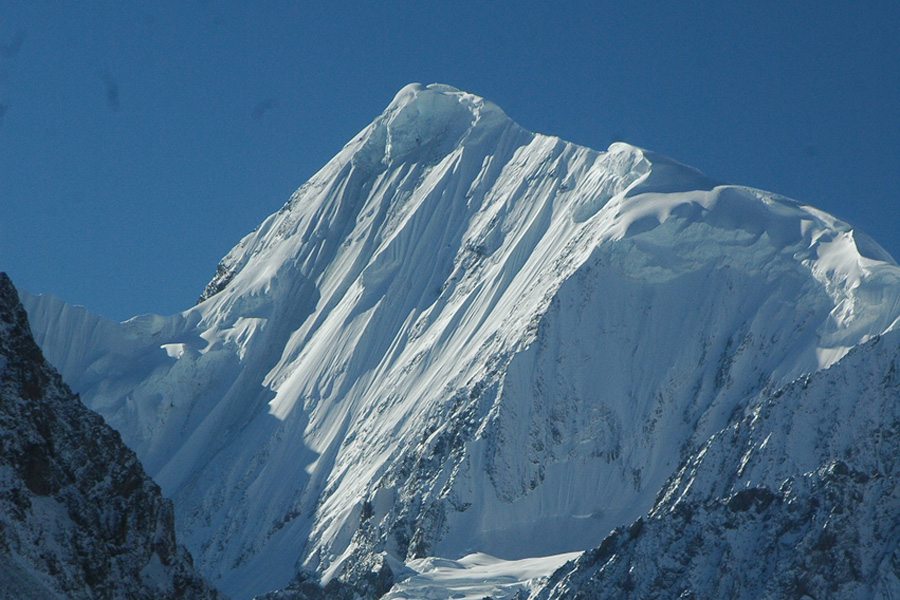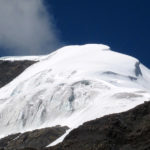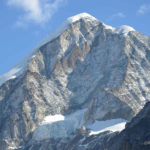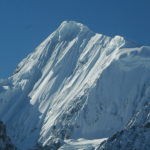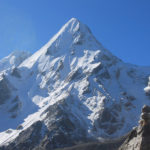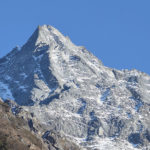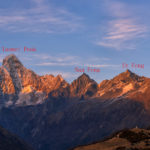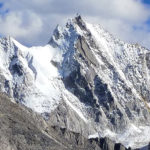Mt. Reddomain, or Leduomanyin, or Roddmain is a 6112-meter mountain located in the northern part of Minya Konka Range. It is one of the independent 6000ers of Minya Konka Mountains. There were total 4 recorded attempts to this mountain before 2015. Afterwards it has been climbed many times. It is a stunning snowy mountain that requires technical climbs. Horses can reach its base camp by its northwest at around 4200 meters.
It is located in the Minya Konka massif in Hengduan Mountain Range in Eastern Tibetan Plateau in western Sichuan province. The nearest town of this mountain is Kangding. From Chengdu to Kangding it is 300km drive that takes half day. From Kangding trail head to Reddomain BC it is 17km walking from 3400m to 4600m. Expedition takes usually 10-14 Days. Climbing Season from August to November.
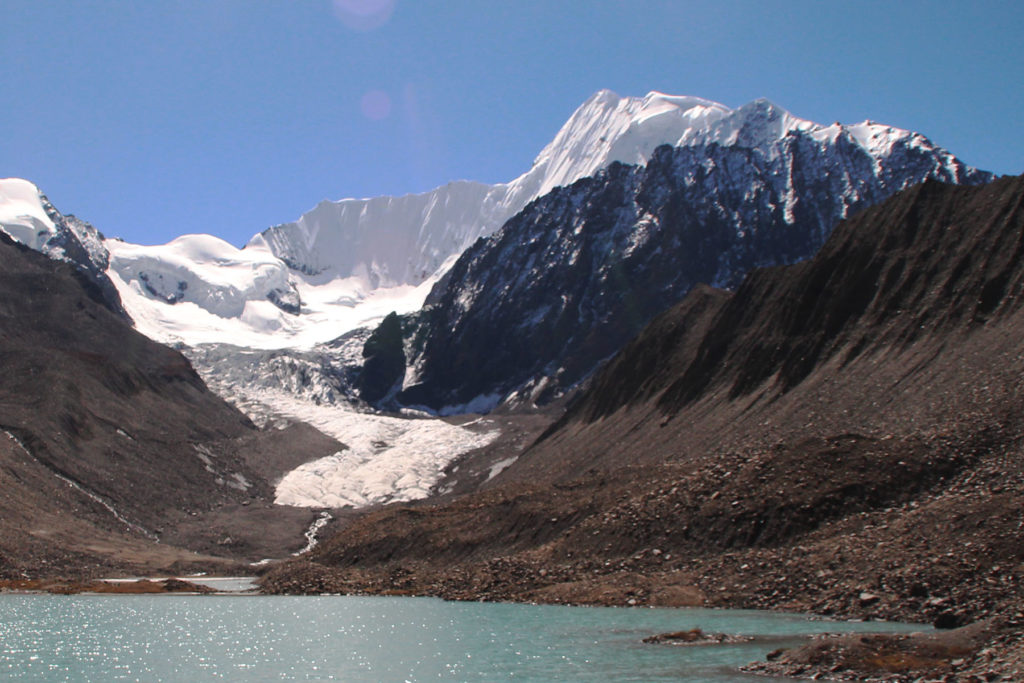
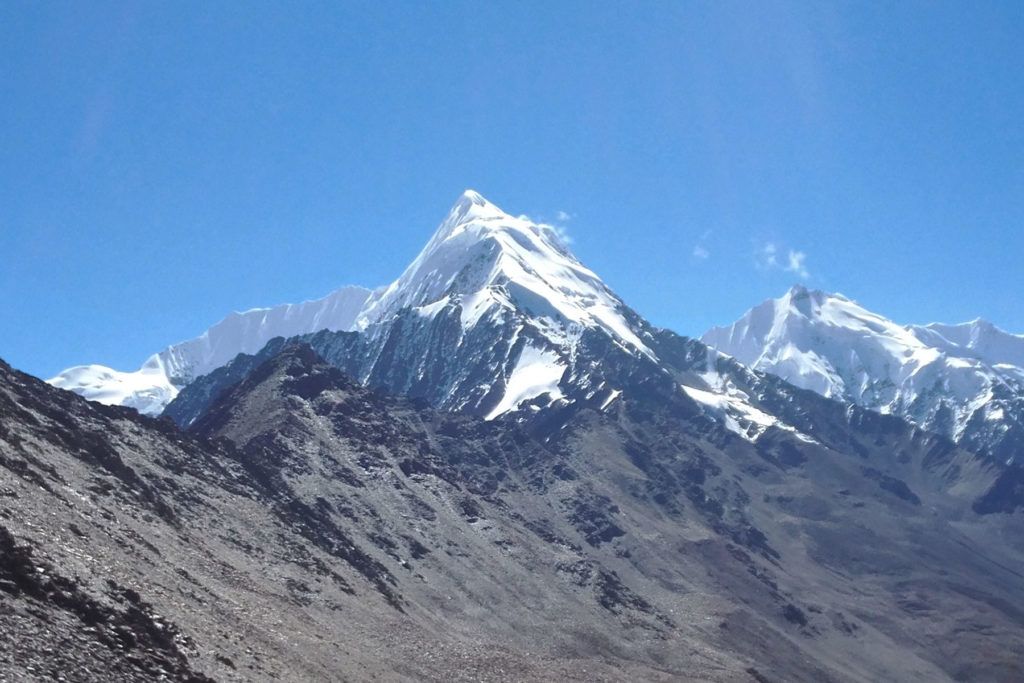
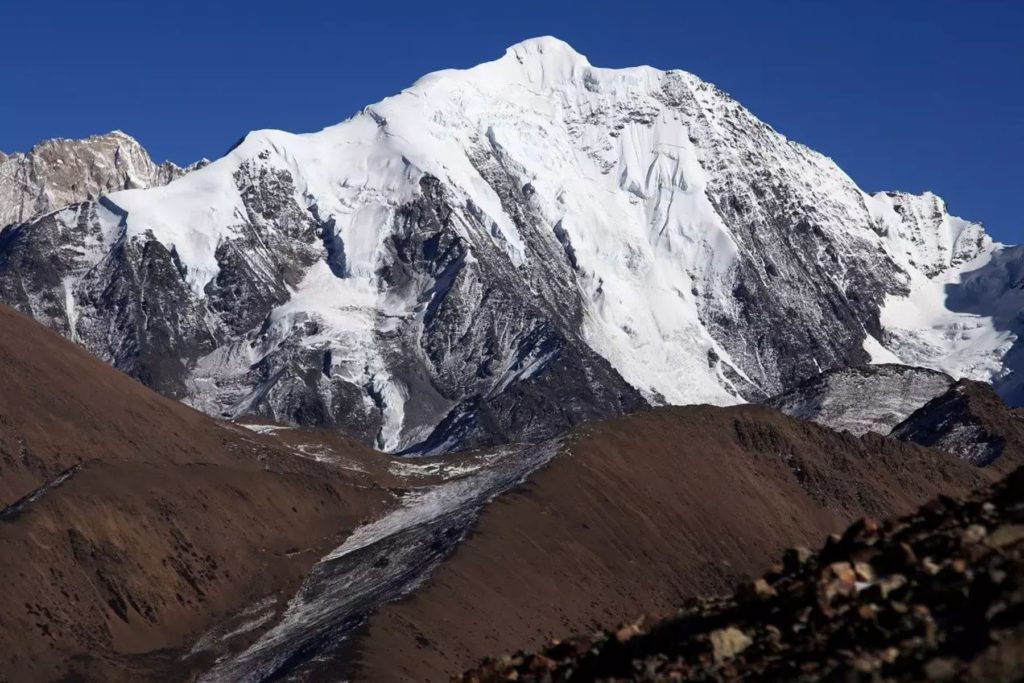
Climbing Season
May is in spring time and may see spring snow. Relatively stable weather but warmer than April. June to August is the summer time and in July and August has rainfall and relatively unstable weather but also the warmest and most beautiful season. Summer warmth allows climbers to bring less hardcore warm-keeping gears. September to November is the autumn time of Minya Konka. More stable weather and less rain but still possible of snow. November to December has the clearest weather but also the coldest. It is actually good season to come if cold weather is not an issue.
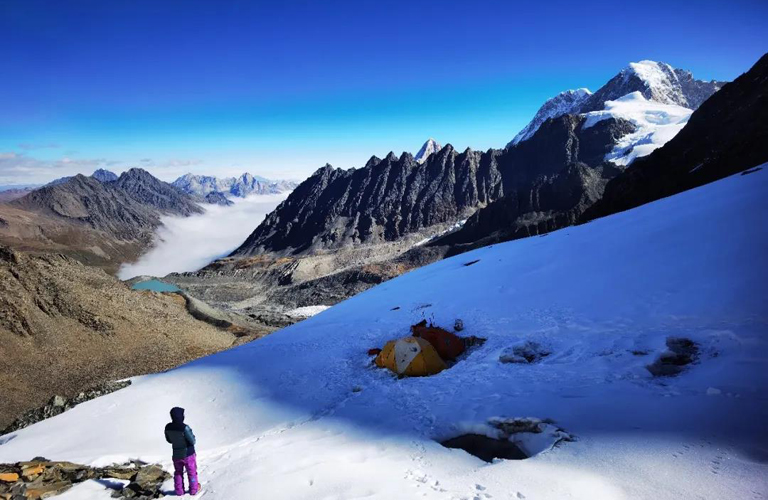
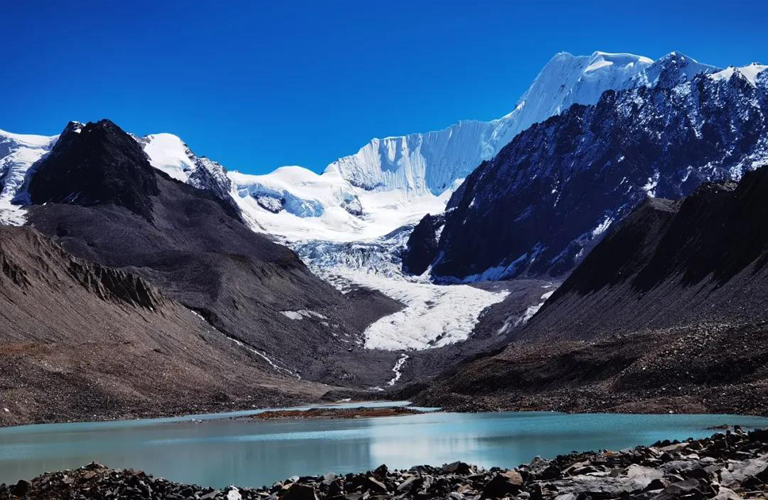
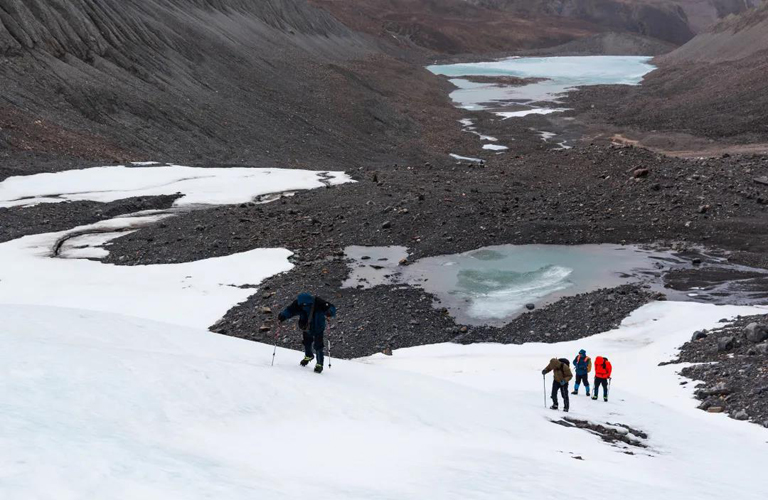
There are total three valleys that go to Mt. Reddomain. North Valley via Laoyulin, southwest valley via Tsemed Village, and south via northern valley of Yanzigou by the east. All former expeditions were conducted from the noth valley via Laoyulin Village and within 2 days approach they arrive the base camp by northwest of the mountain. The approach from east or southwest are simply too long hence never been tried before.
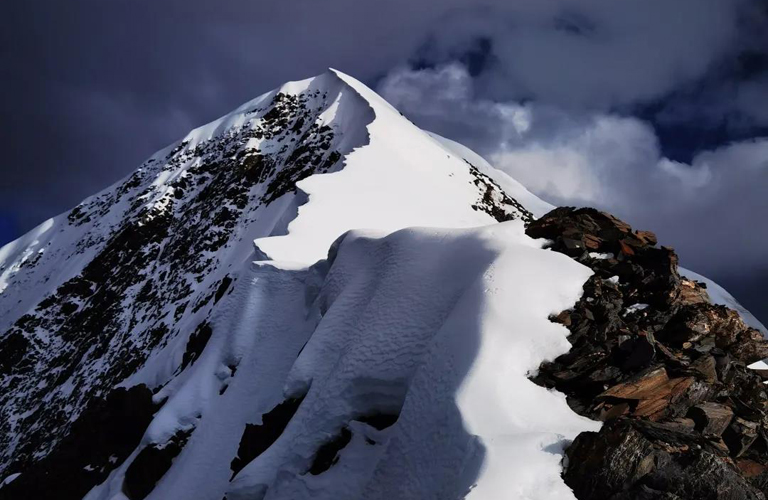
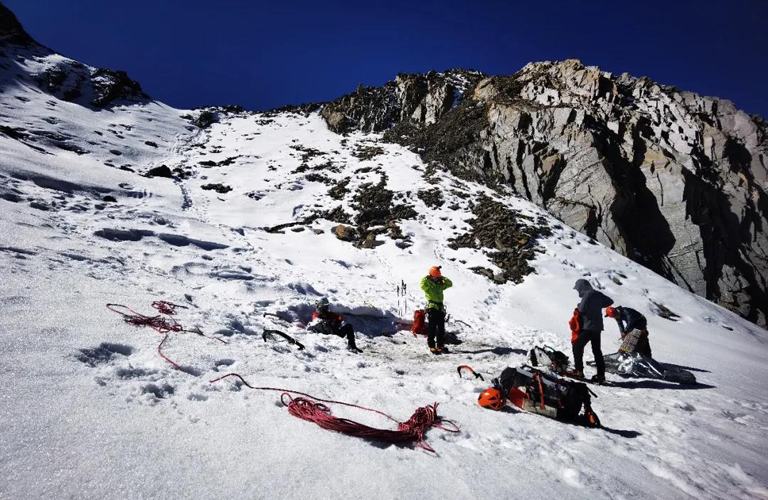
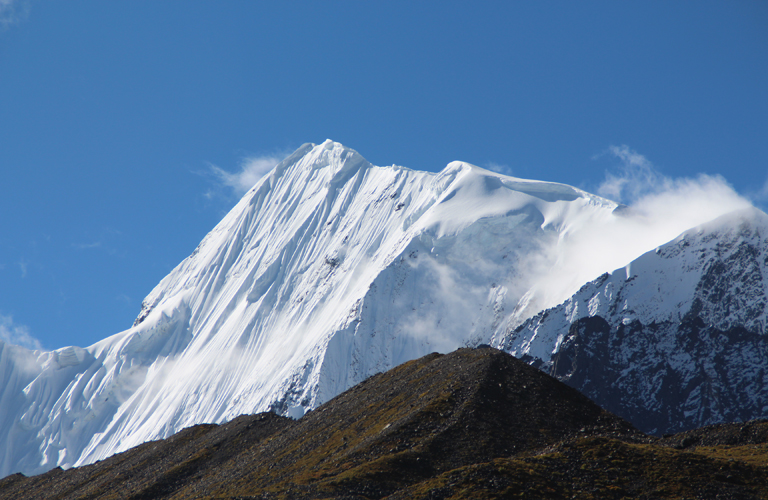
Trip Planning
Day 01 Arrive at Laoyulin Village (3100m)
Day 02 Acclimating Day (3100m)
Day 03 Laoyulin – Gyazela Camp (3800m)
Day 04 Gyazela Camp – Reddomain BC (4600m)
Day 05 Acclimating at BC (4600m)
Day 06 BC – C1 (5200m)
Day 07 Acclimating at C1 (5200m)
Day 08 C1 – C2 (5700m)
Day 09 C2 – Summit (6112m) – C2 or C1
Day 10 Back to BC (4600m)
Day 11 BC – Laoyulin (3100m)
Day 12 Flexible Day
Laoyulin (3100m) – Reddomain BC (4600m)
This part is done in 2 days with one night sleep at Gyazela at 3900m. Elevation of where you start to walk is at 3500m (there is a short ride from Laoyulin to road end by 3500m). First day on foot approach is around 8km for around 4-5 hours with easy pace while acclimating to the altitude. Second day on approaching to BC is around 9km from 3900m to 4600m. In these two days you will see other big mountains including Lamoshe peaks, Tchiburongi, Grosvenor, Jiazi……
BC (4600m) – C1(5200m)
This part is done in 1 Day ascending 600m in 5.5km for normally 5-8 hours. From BC the climb part starts. From BC first on easy grass part ascending and then on moraine and rocks with some steep sections protection setup before the last 100m with mixed climb before C1.
C1 (5200m) – C2 (5700m)
This part is done in 1 day ascending 500m in 1.2km for normally 5-8 hours. Between C1 and C2 it is rocky ridge of screes for the first half and for the second half it is mainly snow & ice and in which a 200-m ascending on 50-60 degree slope. Require of protection full day, exposed climb on ridgeline full day.
C2 (5700m)- Summit of Reddomain (6112m) This part is done within a day ascending 400+m in 1.2km for normally 6-9 hours. Snow and ice climb, more challenging than the former day with steepness 60-70 degrees, more exposed. Summit is flat and gradual.
What’s the Climb to Roddmain like?
A Technical Climb
Mt. Reddomain is a technical mountain to climb comparing to other 6000er mountains available in China. It is one of the challenging mountains that are available. An expedition to Reddomain requires skilled using of gears, physical level, technical skills. Climbing Reddomain gives you good training on experiences of technical climbs, good confidence, and a stronger sense of achievement even than many higher mountains due to its difficulty level. Technical Mountain means not only basic skills & high altitude experiences but also skills of walking on snow ridge, more sophisticated roping skills, protection, descending, and even ice-climbing skills. There is more gain of technical skills climbing Reddomain.
Exposed Climb
From C1 and above, most of the climb is on ridgeline: you will have good views but it can also be windy and brings psychological pressure. It is a very exposed climb.
Long Climb on Snow/Ice
Above the snow the climb is on 30-40 degree or steeper of ascending. It requires long hours of ascending on the ridge that is not super steep but can hardly find any place to take a decent break. Techniques of walking on such terrain and try rely less on the rope but rather techniques of your walking. A high endurance is required.
Traversing on Snow
Important climbing techniques that is required especially before the summit to Reddomain. Such technique will require climber to also use ice tools and crampons.
Packing List
Listed below is the most detailed packing list of a Dafeng Summit Trek. There are some definitely important items that maybe neglected including walking boots, waterproof and sunglasses.
You will definitely need a high-cut or at least a middle-cut walking boots to do this trip. Waterproof is necessary. The shoe rims do not just protect your feet getting wet they also protect your ankles. You will also need the rainproof for sure. Whether it’s raincoat or umbrella. And also for your gears, the dry bags are very useful and the rain cover over your pack is also necessary to keep things dry.
A: Clothing
01. Outdoor Jacket (Necessary: to protect you from wind, light rain)
02. Fleece (Necessary: warm-keeping)
03. Extra Base Layer (Necessary in case it gets wet from sweating)
04. Quick-drying base layer (optional)
05. Down Jacket (Necessary: warm-keeping)
06. Other clothes (base layers/under wears)
07. Hiking boots – high cut (Necessary: protect your ankle, water proofing)
08. Camp site shoes?optional: light, alternative shoes when the other one gets wet?
09. Socks (Necessary: strong and warm keeping)
10. Hat (Necessary: protect you from the sun)
11. Warm Hat (Necessary: protect you from the wind)
12. Gloves (Necessary: to protect your hands from the cold temperature)
13. Sunglasses (Necessary: protect your eyes from the sun/snow) 14. Hair band (Optional)
B. General
01. Water Bottle (Themol, Necessary: 1L to 1.5L)
02. Head Torch and its batteries (Necessary as it involves activities in the dark)
03. Walking Poles (Necessary: to protect you while walking in the snow/steep sections)
04. Knee-protector (Optional)
05. A big pack or a duffle bag – 30L or larger (Necessary for putting your stuff)
06. Day pack (Necessary)
07. Rain Cover and Rain proof (Necessary)
08. Dry bags (Necessary: used for things inside your pack for double protection)
09. Snow-cover (Necessary: to keep your shoes and lower part of pants dry in the snow)
C. Overnight
01. Sleeping bags (Necessary: Comfort TEM between -5 to -15)
02. Sleeping tent (Necessary: 3-season tent)
03. Sleeping mattress (Necessary: foam or air)
04. Cooking stove, pots, gas canisters(Necessary)
D. Climbing
Personal technical gears: Climbing boots, crampons, ice axe(ice tool), helmet, harness, carabiners and locking carabiners, ascender and descender, belay devices, sling (renting available, around 500/P)
Personal gears: Duffel bag, 20L-30L summit pack, approaching boots, heavy down jacket (200g and above), fleece jacket and pants, wind-breaker jacket and pants, quick-dry underwears, hats and warm-keeping hats, socks and warm socks, gloves and warm/water-resilient gloves, headtorch, sunglasses, thermal/water bottle, lip oil, sun cream, gaiters, sleeping bag (comfort temp -15, mat), walking poles, personal utensils and toiletories, personal high-energy snacks for lunches,.
Climbing History
In September 1999, a Japanese team made a successful summit for the first time from its west ridge.
In October 2007, a Czech mountaineering team went there.
In September 2009, an American team climbed from its north side for the first time and skied down.The peak has no record of summits and mountain skiing afterworth.
In September 2011, a Chinese mountaineering team for the first time attempted the west wall and then onto northwest ridge and made the summit. They named the route “Crocodile Ridge”.


